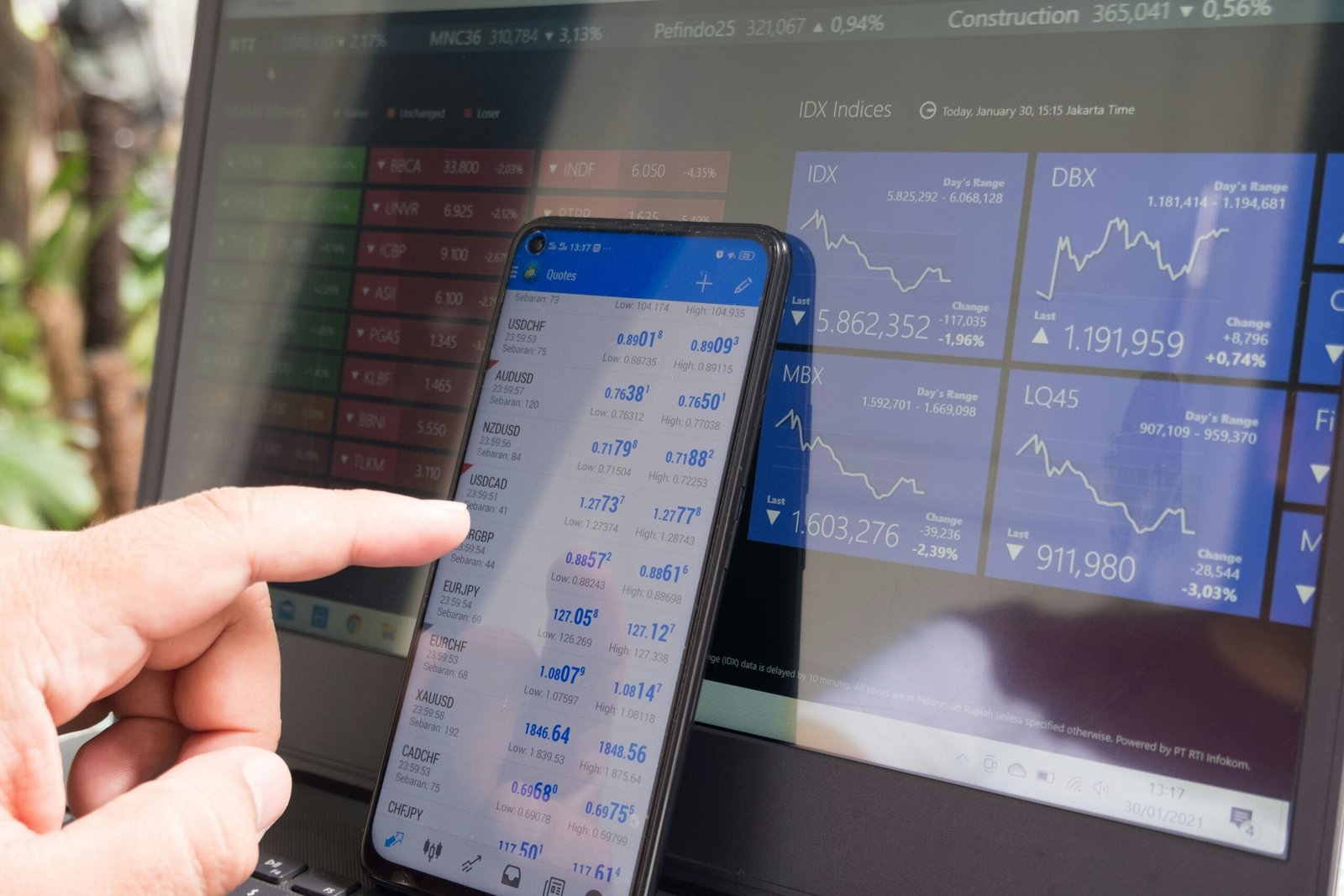
Forex has gained immense popularity over the years, attracting both individual investors and financial institutions. The accessibility of the forex market is one of its key features, as it operates 24 hours a day, five days a week. This means that traders can participate in the market at any time, regardless of their geographical location. Additionally, the forex market is decentralized, meaning that it does not have a physical location or a central exchange. Instead, it operates through a global network of banks, financial institutions, and individual traders.
One of the main advantages of forex trading is its high liquidity. With such a large trading volume, there is always a buyer and a seller for every currency pair, ensuring that traders can enter and exit positions quickly and at competitive prices. This liquidity also means that forex traders can take advantage of leverage, which allows them to control larger positions with a smaller amount of capital. However, it is important to note that leverage can amplify both profits and losses, and should be used with caution.
Another key feature of the forex market is its volatility. Exchange rates are influenced by a wide range of factors, including economic indicators, geopolitical events, and market sentiment. These factors can cause significant price fluctuations, creating opportunities for traders to profit. However, volatility also comes with risks, as prices can move rapidly and unpredictably. Therefore, it is essential for forex traders to have a solid understanding of market dynamics and to implement risk management strategies.
Forex trading offers a wide range of trading opportunities, as traders can choose from a variety of currency pairs. The most commonly traded currencies include the US dollar, euro, Japanese yen, British pound, and Swiss franc. However, there are also numerous exotic currency pairs, which involve currencies from emerging economies. Each currency pair has its own unique characteristics and can be influenced by different factors, so it is important for traders to conduct thorough research and analysis before entering a trade.
In conclusion, forex trading is a dynamic and exciting market that offers numerous opportunities for profit. However, it is important for traders to approach it with caution and to develop a solid trading plan. By staying informed, managing risk effectively, and continuously improving their trading skills, traders can increase their chances of success in the forex market.
Furthermore, the forex market is known for its high liquidity, with trillions of dollars being traded daily. This liquidity ensures that traders can enter and exit positions quickly, without significant price slippage. Additionally, the forex market offers a wide range of currency pairs to trade, including major pairs like EUR/USD, GBP/USD, and USD/JPY, as well as minor and exotic pairs.
When trading forex, it is essential to understand the concept of leverage. Leverage allows traders to control larger positions in the market with a smaller amount of capital. For example, with a leverage ratio of 1:100, a trader can control a position worth $100,000 with only $1,000 of their own capital. While leverage can amplify profits, it also increases the risk of losses, so it should be used with caution.
Another crucial aspect of forex trading is risk management. Traders employ various risk management strategies, such as setting stop-loss orders to limit potential losses and using proper position sizing to ensure that no single trade can significantly impact their overall portfolio. Additionally, traders often use technical analysis tools, such as trendlines, support and resistance levels, and indicators, to identify potential entry and exit points.
Moreover, forex trading is influenced by a wide range of factors. Economic indicators, such as GDP growth, inflation rates, and employment data, can have a significant impact on currency prices. Geopolitical events, such as elections, trade disputes, and central bank decisions, can also cause volatility in the forex market. Traders need to stay informed about these events and their potential impact on the currencies they are trading.
In conclusion, forex trading is a decentralized market that operates 24 hours a day, allowing participants to trade currencies from anywhere in the world. It involves a network of banks, financial institutions, corporations, governments, and individual traders. Forex trading is driven by supply and demand factors, economic indicators, geopolitical events, and market sentiment. Traders can take advantage of both rising and falling markets by going long or going short a currency pair. It is facilitated through forex brokers who provide traders with access to the market and offer trading platforms. Traders need to understand leverage, practice risk management, and stay informed about market events to succeed in forex trading.
Forex Trading Timings
The forex market operates 24 hours a day, five days a week. It starts on Sunday evening (Eastern Standard Time) with the opening of the Asian session and continues until Friday evening with the closing of the American session.
Here are the main forex trading sessions:
- Asian session: This session starts around 7:00 PM EST (12:00 AM GMT) and ends around 4:00 AM EST (9:00 AM GMT). It is characterized by lower volatility and liquidity compared to the other sessions. During this time, the major financial centers in Asia, such as Tokyo, Singapore, and Hong Kong, are active. Traders in this session often focus on currency pairs involving the Japanese yen, as well as other Asian currencies.
- European session: The European session begins at 2:00 AM EST (7:00 AM GMT) and ends at 11:00 AM EST (4:00 PM GMT). It is the most active session, with major financial centers such as London, Frankfurt, and Paris operating during this time. The European session overlaps with the Asian session for a few hours, resulting in increased trading activity. This session is known for its high liquidity and volatility, making it an ideal time for day traders and scalpers.
- American session: The American session starts at 8:00 AM EST (1:00 PM GMT) and closes at 5:00 PM EST (10:00 PM GMT). It overlaps with the European session for a few hours, resulting in increased trading activity. The major financial centers in the United States, such as New York and Chicago, are active during this session. The American session is known for its high liquidity and volatility, especially during the overlap with the European session. Traders in this session often focus on currency pairs involving the US dollar.
It is important to note that the forex market is open during different times in different parts of the world, allowing traders to participate in trading activities at their convenience. This global nature of the forex market ensures that there is always a market open somewhere in the world, providing opportunities for traders to enter and exit positions. However, it is advisable to consider the trading volumes and volatility during each session to maximize trading opportunities. Traders should also be aware of any economic events or news releases that may impact the market during specific sessions, as these can significantly affect currency prices. By understanding the different trading sessions and their characteristics, traders can develop effective trading strategies and take advantage of the various opportunities presented by the forex market.
- #Mumbai
- #Delhi
- #Bangalore
- #Kolkata
- #Chennai
- #Hyderabad
- #Pune
- #Ahmedabad
- #Jaipur
- #Surat
- #Lucknow
- #Kanpur
- #Nagpur
- #Patna
- #Indore
- #Thane
- #Bhopal
- #Visakhapatnam
- #Vadodara
- #Firozabad


